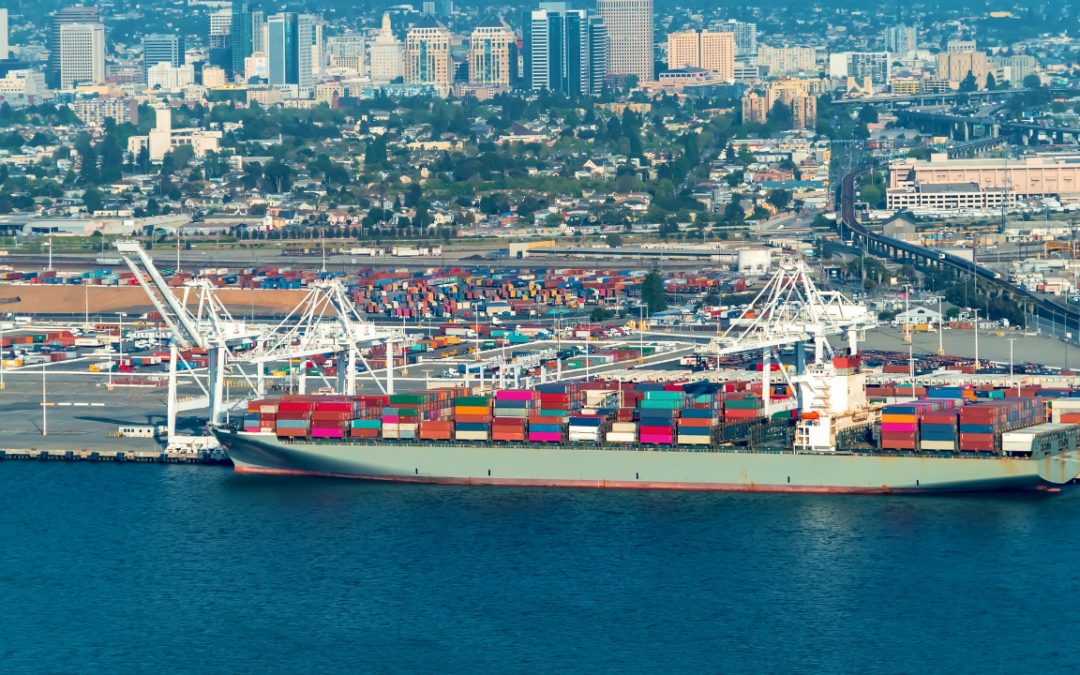Casual observers of economics and financial markets often make a simple, if understandable, mistake. They assume continuity. They imagine that economic or market variables, such as prices or quantities, change in smooth and predictable ways alongside variations in monetary or fiscal policy, shifts in business dynamics, altering investor or household expectations, and the like.
That’s not a bad heuristic in normal times. It is a convenient shorthand way of thinking about how the world ordinarily works.
But sometimes economic and financial market moves are discontinuous. They become abrupt, disruptive, and disconcerting. Common metaphors, such as the straw that breaks the camel’s back, offer vivid images of small changes that result in large and jarring disruptions.
That’s the case today. This past week a widely anticipated 75-basis point Fed rate hike and a telegraphed fiscal policy expansion in the United Kingdom sent capital markets into a tailspin. Global equity and bond markets, which had recently been finding their footing after a wretched first half of this year, have slumped again to fresh 2022 lows. The British pound sterling has fared even worse, free-falling to a four-decade low against the dollar. Painfully, investors are learning what discontinuity looks like.
But why now? What has changed to make change more disruptive?
Let’s start with the US Federal Reserve. While its 75-basis point rate hike was expected, the Fed’s new projections for the expected path of the Fed funds rate were not. Specifically, the so-called ‘dot plot’ of individual Federal Open Market Committee (FOMC) member projections for the Fed funds rate showed a larger and longer-lived anticipated increase compared to the prior FOMC forecasts. Higher for longer was the verdict. The Fed believes it will take more monetary restraint to subdue inflation and assure its return to its 2% target. In that sense, ‘bad news’ jarred markets, much as one might expect.
That does not rule out the possibility, however, of discontinuous change. After all, economies operate on momentum, which is driven by feedback effects. During expansions, for instance, increases in spending lift profits and boost household incomes via job gains, which in turn boost spending, underpinning a virtuous circle of growth. But when the Fed messages ‘higher for longer’, market expectations can switch rapidly to a vicious cycle of falling expenditures, lower profits, and fewer jobs, leading to a further contraction of growth. In other words, at the inflection point between soft and hard landings, small changes in growth expectations can produce large swings in investor expectations for the fundamental drivers of asset prices. At such inflection points, backs buckle by straws, not bales. Fear is, after all, a powerful force in driving human behavior.
Something similar is happening to the British pound. In a world of continuous and predictable occurrences, the combination of tight monetary policy (Bank of England rate hikes) and easy fiscal policy (debt-financed expenditures and tax cuts) would produce higher nominal and real interest rates, which would be expected to boost the sterling’s value against other currencies. That’s the classic ‘Mundell-Fleming’ outcome, based on 1960’s groundbreaking open economy macroeconomic theorizing that can still be found in today’s intermediate macroeconomic textbooks.
But there are times when economic theory breaks down, typically when key assumptions are no longer valid. That’s the case today, which produces large, unanticipated outcomes, such as a wobbly pound sterling.
To see why, it is helpful to note that Mundell-Fleming has nothing to say about potential conflicts between monetary and fiscal policy objectives. Implicitly, they are assumed away. But in current circumstances of high inflation Prime Minister Truss’ fiscal expansion runs contrary to the Bank of England’s efforts to dampen demand and inflation. The implication is that investors are ratcheting up their expectations for base rates (the short-term monetary policy rate) as the Bank of England now faces an even bigger challenge of taming inflation. Put differently, the Fed may be ‘higher for longer’ but the Bank of England is now ‘much higher for much longer’ as it needs to not only tackle today’s inflation, but also the inflationary consequences of UK fiscal expansion. Investors must therefore reckon with an even harder eventual landing for the UK economy, which is unambiguously negative for the pound.
Some observers have put forward an alternative explanation, namely that Truss’ fiscal expansion will lead to an unsustainable rise in government indebtedness. In this view, the UK is becoming a crisis prone ‘emerging economy’, perhaps even a ‘submerging economy’.
That’s unsubstantiated hyperbole. At the end of last year, UK government debt was 102% of GDP. One can quibble with whether that is ‘high’ or not, but it is below the debt-to-GDP levels of the US, Italy, Belgium, and other advanced economies, none of which are experiencing a currency crisis. Moreover, for all the breathless commentary surrounding the latest set of UK tax cuts and spending increases, it is worth pointing out that they only amount to 3% of the existing stock of UK government debt.
The UK is not becoming Italy, much less Argentina, Venezuela, or Zimbabwe. The sterling is rapidly depreciating in the world’s foreign exchange markets, but its decline does not represent a collapse in confidence about UK financial sustainability. Rather, investors now anticipate a bad UK recession, worse than is likely in the US, Japan, or perhaps even the Eurozone. This, too, fits the ‘discontinuous’ narrative. As expectations shift from ‘weak growth’ or ‘shallow recession’ to something worse, asset prices (including exchange rates) become prone to large, abrupt changes.
That last point is crucial. For all the nattering negativity of the chattering financial pundits, neither the UK nor the world economy is coming to an end. Comparisons to 2008-2009 or between Great Britain and emerging market basket cases are facile. The economic and financial market outcomes now unfolding will be unpleasant, but they are not likely to be cataclysmic.
Straws may be straining backs, but the economic skeletal structure of the world economy is not breaking.



